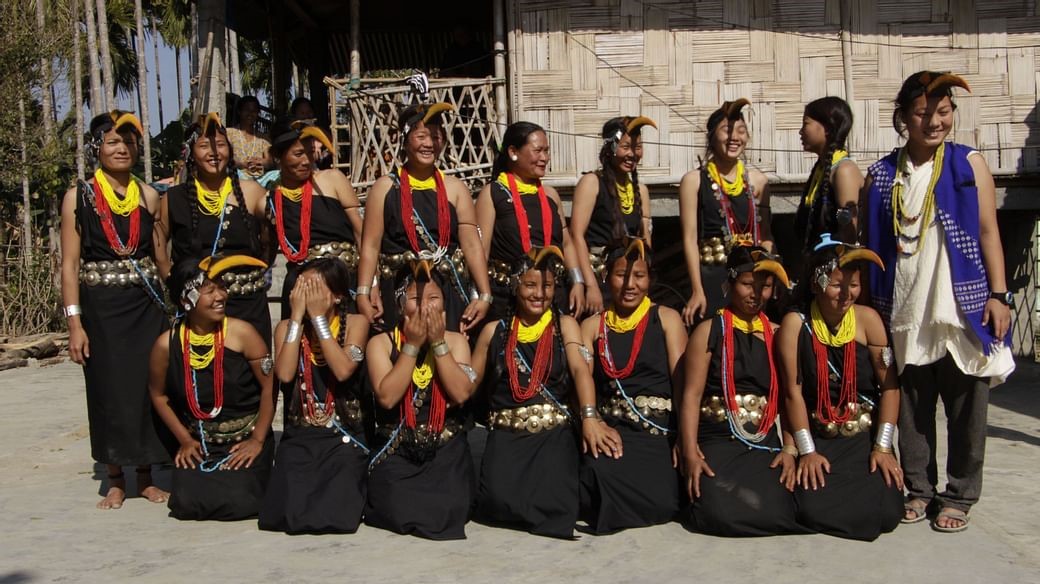Free Courses Sale ends Soon, Get It Now


Free Courses Sale ends Soon, Get It Now



Disclaimer: Copyright infringement not intended.
Context
The 9th edition of the Pakke Paga Hornbill Festival (PPHF), a state festival of Arunachal Pradesh, will take place at Seijosa in the Pakke Kessang district from January 18-20, 2024.
Details
Inaugural Year and Objectives
2024 Theme
Pakke Tiger Reserve
Location and History:
Flora:
Fauna:
Conservation Initiatives:
Nyishi Community of Arunachal Pradesh
Demographics and Language:
Social Structure and Practices:
Etymology:
Distribution:
Economy and Livelihood:
Traditional Economic System:
Attire and Ornamentation:
Religion:
Conservation Efforts:
MUST READ ARTICLES:
https://www.iasgyan.in/daily-current-affairs/indian-grey-hornbill
|
PRACTICE QUESTION Q. What is the Nyishi community known for in their traditional attire? a. Wearing helmets with peacock feathers b. Plaiting their hair and wearing cane helmets with hornbill beaks c. Wearing turbans with elaborate embroidery d. Adorning themselves with seashell necklaces Answer: b |
© 2024 iasgyan. All right reserved